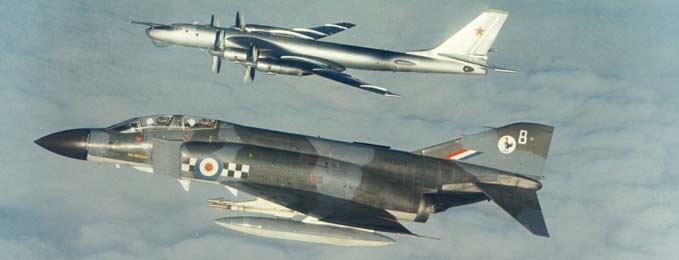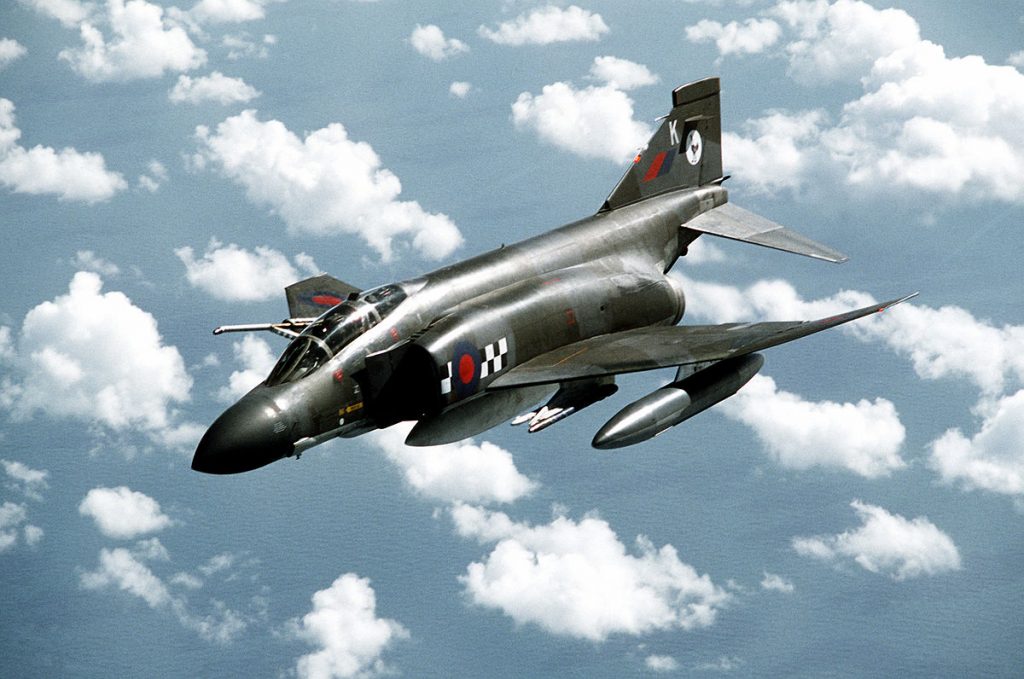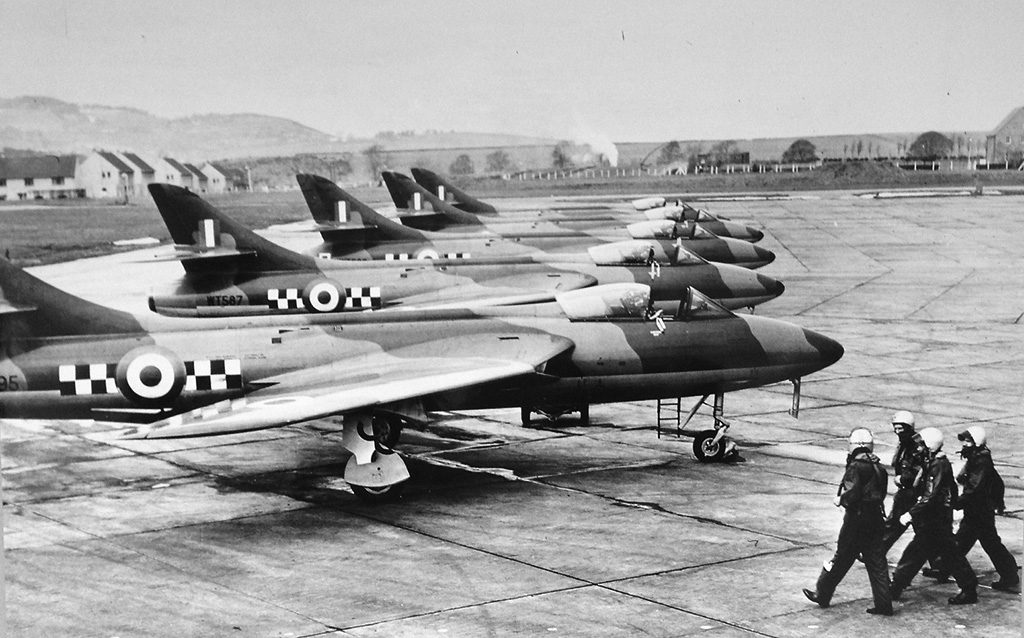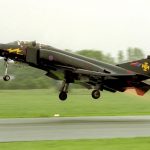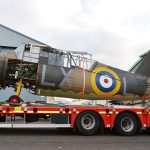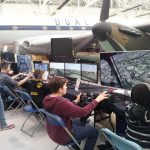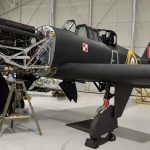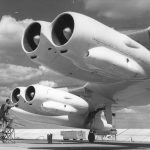On 15 December, the Royal Air Force Museum Cosford will be hosting the next Cold War Lunchtime Lecture with a talk entitled ‘The Air Defence of the UK in the last 20 Years of the Cold War: Defence on a Shoestring’. In this talk, Dr Kenton White from the University of Reading will look at the conventional defence planning of the UK during the Cold War.Kenton is a Sessional Lecturer in Politics, International Relations and Strategic Studies at the University of Reading, and also works with the University of Portsmouth at RAF Cranwell. He has a PhD in Strategic Studies, researching British defence policy and practice during and after the Cold War. He studies military history and defence policy from the Napoleonic Wars to today. Prior to entering academia he was the Managing Director of a computer animation company.
Within this lecture, Dr Kenton will question whether during the Cold War, did Britain really have the means to defend itself, in the event of a shooting war? This lecture analyses the conventional defence planning of the UK, its relationship to the policy, and the possible and actual execution. In 1979 Britain committed almost the entire Royal Air Force to NATO’s defence of Western Europe. 100,000 troops were assigned to Home Defence, and Britain would act as a staging post for foreign troops on their way to the front.
Deterrent plans were aimed at the perceived threat: planning for the manifestation of that threat, and implementing those plans. These plans relate intimately to NATO’s “Flexible Response” strategy and the desire to raise the nuclear threshold enabling NATO to stop a WTO attack by conventional means. Analysing the plans for mobilisation, and comparing them to the forces and facilities available, this lecture seeks to understand if the UK fulfilled its obligation, not only to NATO, but to the Armed Forces and British public.
Professor Kenton White is a Sessional Lecturer in Politics, International Relations and Strategic Studies at the University of Reading, and also works with the University of Portsmouth at RAF Cranwell. He has a PhD in Strategic Studies, researching British defence policy and practice during and after the Cold War. He studies military history and defence policy from the Napoleonic Wars to today. Prior to entering academia he was the Managing Director of a computer animation company.
This FREE lecture will be held in the museum’s National Cold War Exhibition lecture theatre at 12.30pm on Friday 15 December, lasting approximately one hour. As spaces are limited, organisers advise visitors to book their tickets in advance via the Museum’s website to avoid disappointment.
The Cold War Lunchtime Lectures form part of the RAF Museum’s Research Programme . ‘The Air Defence of the UK in the last 20 Years of the Cold War: Defence on a Shoestring’, is the final lecture taking place at Cosford this year, with more lectures planned for 2018. The programme also consists of the Trenchard Lectures in Air Power Studies and the First World War in the Air Lunchtime Lectures, which are held at the University of Wolverhampton, the Royal Aeronautical Society in London and the RAF Museum in London respectively.
For further information about the Museum’s research programme or to book your FREE ticket to the lecture, please visit the Museum website www.rafmuseum.org/cosford. The Museum is open daily from 10am and entry to the Museum is FREE of charge.







